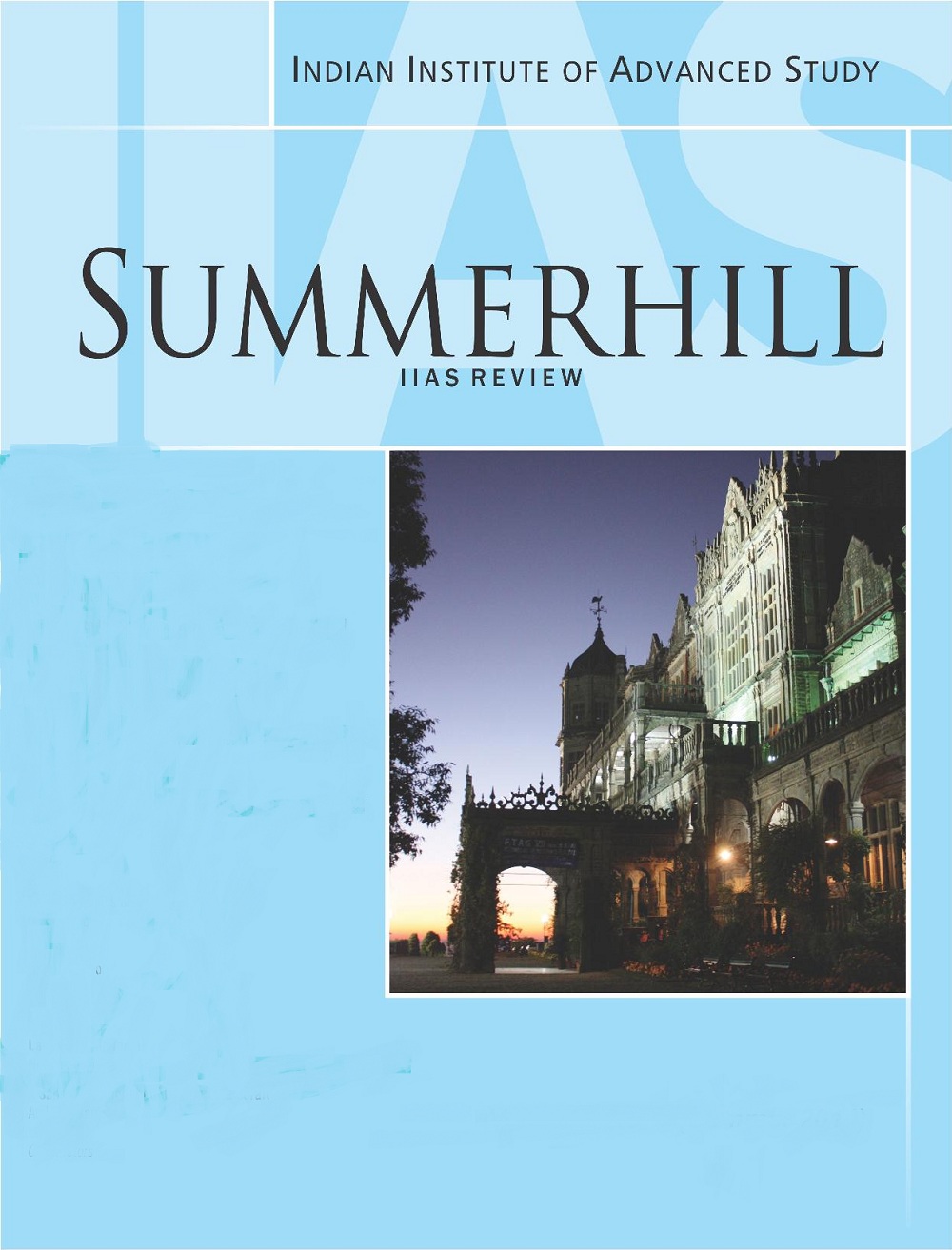The Rights of Parsi Women
A Study of Marriage and Divorce Laws in Parsi Personal Law (1830-1988)
DOI:
https://doi.org/10.70752/ShIIASR.27.2.2021.61-67Keywords:
Divorce, Women, Marriage, Parsi Women, , Parsi Marriage and Divorce Act,, Matrimonial Causes Act of 1857,Abstract
The paper explores the evolution of Parsi personal laws, particularly marriage and divorce regulations, from 1830 to 1988. Despite being governed by English laws, the Parsis community advocated for distinct personal laws to align with their cultural and religious practices. The Parsi Marriage and Divorce Act (PMDA) of 1865 was a result of their close relationship with the British, which facilitated legal independence. The Act introduced reforms like the establishment of Parsi Matrimonial Courts with a jury system, prohibition of bigamy, and grounds for divorce including adultery. The Era of Reform between the 1920s and 1930s saw significant revisions, including the Parsi Marriage and Divorce Act of 1936, which removed discriminatory provisions and expanded grounds for divorce to include cruelty, desertion, and mental illness. The 1988 Amendments allowed divorce by mutual consent and abolished distinctions between legitimate and illegitimate children. The evolution of Parsi personal law demonstrates the community's unique position in Indian legal history, as they actively shaped their legal framework to address community-specific needs.




